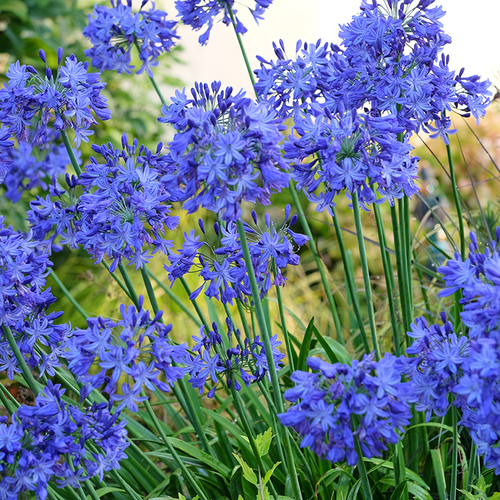Agapanthus (Agapanthus campanulatus) is a beautiful perennial in the Pacific Northwest. The vibrant blooms provide cool-toned colors in summer, and the pest-free foliage is gorgeous. Nothing is better than watching agapanthus blooms full of bees in the late afternoon sun. But I have grown several varieties with only mixed success. So, in the true manner of gardeners, I decided to reach out to an expert agapanthus grower and breeder to get his advice.
Dan Hinkley has a wonderful garden featuring many kinds of agapanthus. He also has a nursery bed full of different cultivars bred by him and grown for retail trade, many of which he names after powerful women he admires as part of his ‘Willful Women of Windcliff’ series. There are several species of agapanthus, but Dan recommends two, both deciduous. Gardeners in the cooler parts of our region will have the most success with the hybrids available from these two species, and will enjoy two different bloom times that extend the flowering season from June to September/October. The evergreen agapanthus varieties are not as hardy but will do well in Northern California and in the South.
Bell agapanthus
Agapanthus campanulatus
Zones: 6–10, depending on the cultivar
Size: 2 to 3 feet tall and 15 to 20 inches wide
Bell agapanthus is the first deciduous pick, and hybridization has made it one of the hardiest. This species starts blooming in June and continues until late summer. Seedpods remain on the stems into the fall. Hybrids of this species do not always document parentage, but large, flat, strappy foliage is a distinct indicator that a cultivar has been bred from a bell agapanthus.
‘Twister’ (A. praecox subsp. orientalis × campanulatus ‘AMBIC001’, Zones 7–10) is new to the trade and available in most nurseries, with strong growth and bicolor flowers. ‘Cobalt Blue’ (A. ‘Cobalt Blue’, Zones 7–10) and ‘Midnight Sun’ (A. ‘Midnight Sun’, Zones 8–11) are also good growers, and the variegated foliage on ‘Summer Skies’ (A. ‘Summer Skies’, Zones 6–10) is lovely in the garden, but it is not as floriferous as most agapanthus.
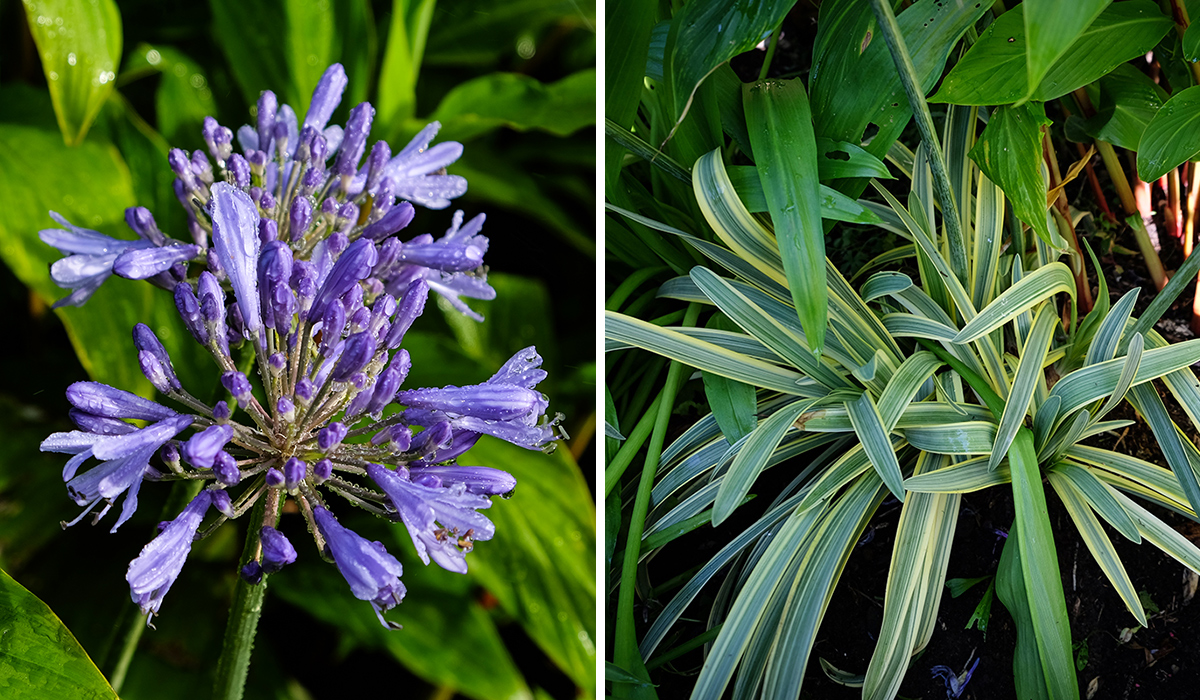
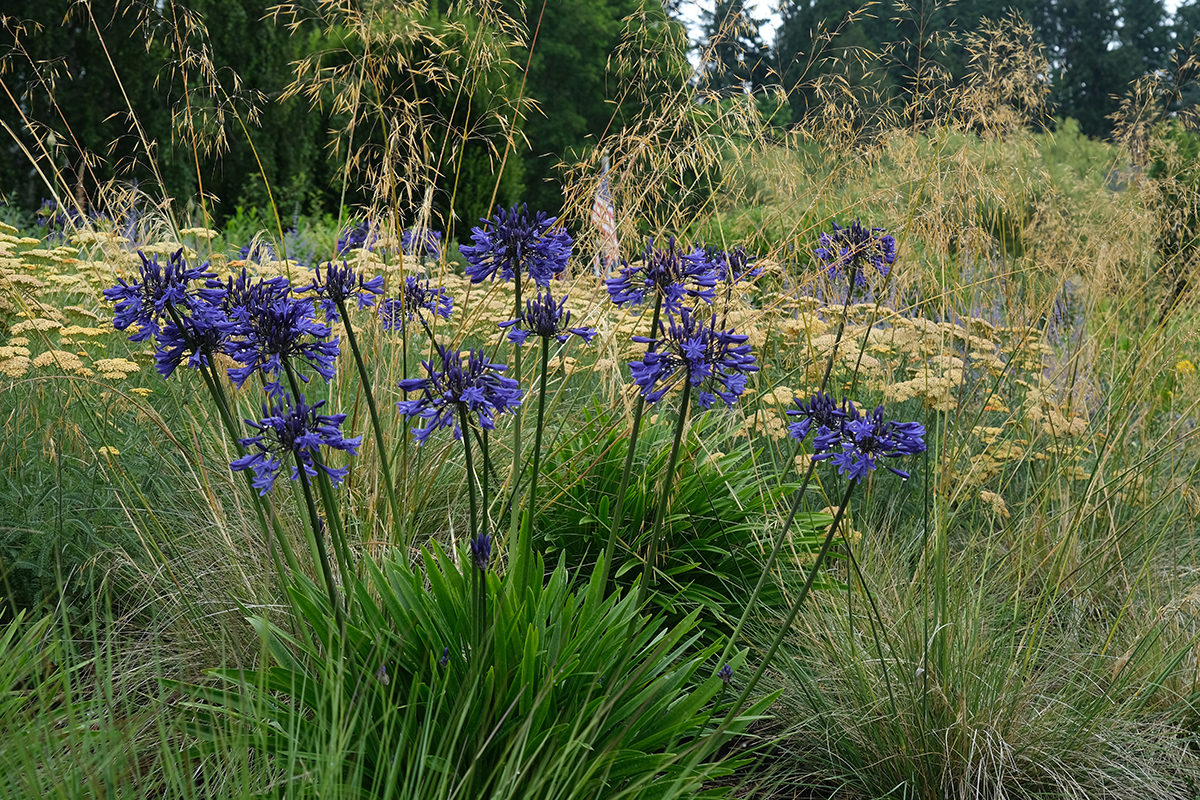
Drooping agapanthus
Agapanthus inapertus
Zones: 7–10
Size: 3 to 4 feet tall and 18 to 36 inches wide
Drooping agapanthus is the other deciduous species that Dan recommends, which produces nodding flowers that bloom later in the season and continue from mid-September to October. Dark blue ‘Graskop’ (Agapanthus inapertus spp. pendulus ‘Graskop’, Zones 7–9) has been very happy in my garden. ‘Blue Moon’ (A. ‘Blue Moon, Zones 8–11), from the UK, has a lighter blue, rounded head. Dan Hinkley hybrids like ‘Ida Lynn’, ‘Martha Stewart’ (yes, that Martha), and ‘Lyn Grinstein’ (Zones 7–10) also grow in my garden with gusto. And I have a lovely one called ‘Phantom’ that is silvery gray with a slight blush of blue.
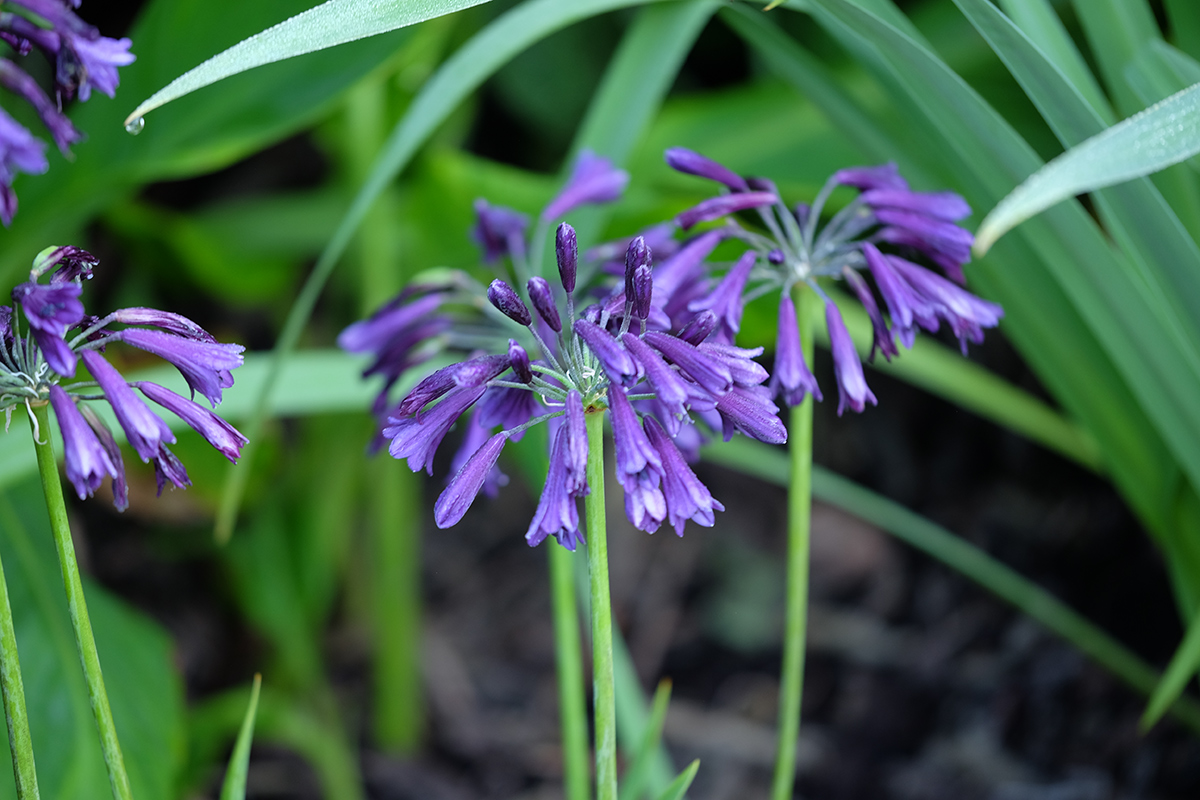
Agapanthus planting and care
The how-to of growing agapanthus is fairly simple. Full sun is a must for good flowering; some moisture is needed in the spring and dryer conditions in the summer—a perfect fit for the weather we typically get in the PNW. All agapanthus need good drainage. I opt to plant mine slightly raised. They don’t like to be covered with mulch, and I have often seen the crown of some agapanthus left just a bit out of the soil to get some baking sun. They don’t like to be crowded, root systems will overtake most other plants if planted too closely, and they will appreciate a bit of fertilizer in the spring for optimal blooms.
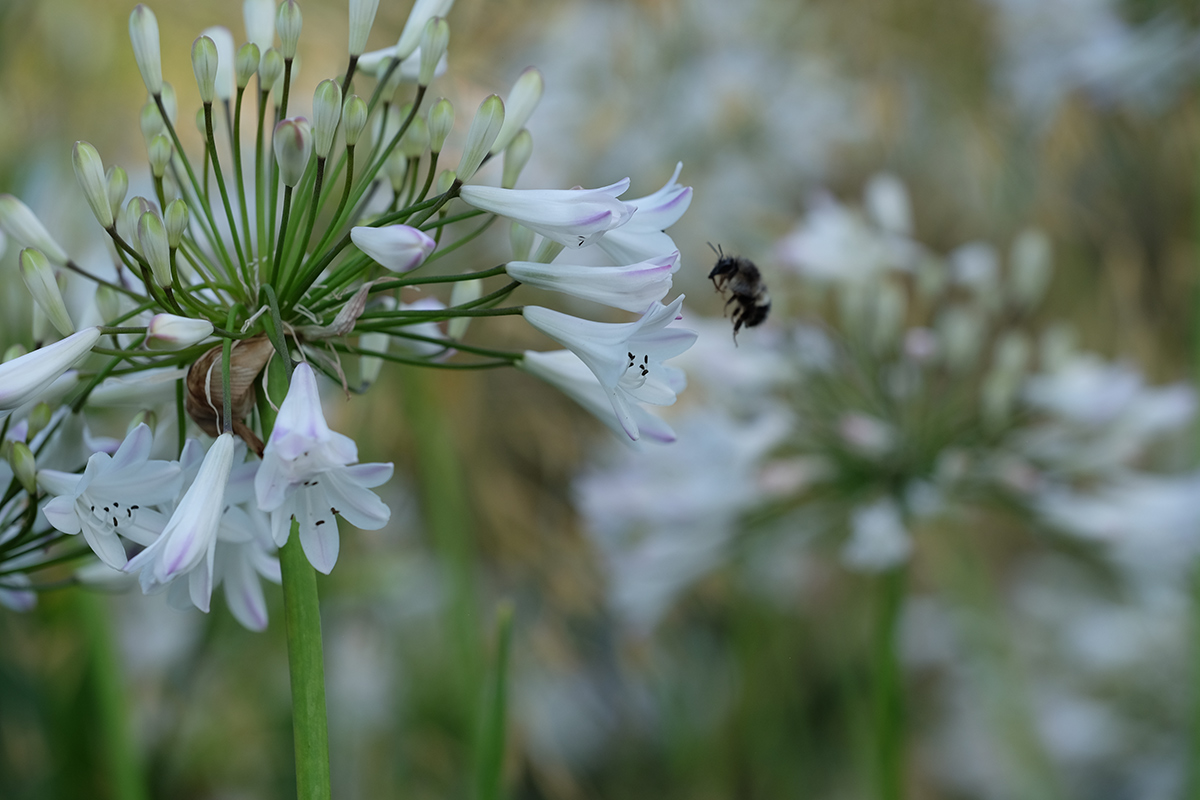
I’m so looking forward to seeing my agapanthus coming up in the garden. It will mean that summer is truly here. These tips will get you started on agapanthus gardening; it may even become an obsession.
Find more fantastic summer flowers for the Pacific Northwest:
Discuss this article or ask gardening questions with a regional gardening expert on the Gardening Answers forum.
For more Pacific Northwest regional reports, click here.
Susan Calhoun is the owner of Plantswoman Design in Bainbridge Island, Washington.
Photos: Susan Calhoun
Fine Gardening Recommended Products
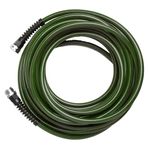
Fine Gardening receives a commission for items purchased through links on this site, including Amazon Associates and other affiliate advertising programs.
– Slim, lightweight design, is made with toxin-free polyurethane and utilizes industrial grade, lead-free fittings
– 3 Pounds
– 1200″L x 0.43″W
– Manufactured in the USA
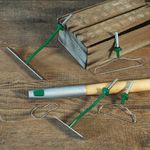
Johnny’s Selected Seeds Connecta® Cultivation Kit
Fine Gardening receives a commission for items purchased through links on this site, including Amazon Associates and other affiliate advertising programs.
Choose the right tool head for the job and switch out quickly with a simple push-button release. Includes the Connecta receiver, Connecta Collinear 4 head, Connecta Collinear 7 head, Connecta Contour Wire 4 head, Connecta Contour Wire 6 head, a sustainably harvested oiled ashwood handle, and a stainless-steel carrying clip.
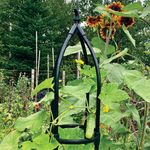
Lee Valley Garden Obelisks
Fine Gardening receives a commission for items purchased through links on this site, including Amazon Associates and other affiliate advertising programs.
Sturdy yet lightweight, these obelisks provide ample support for climbing plants while being easy to install and move. The medium obelisk stands 68 1/2″ high overall with a diameter of about 9 1/2″, compact enough for smaller containers indoors or out. The large size stands 86 1/2″ high with a diameter of 15 3/4″, ideal for larger outdoor spaces and containers.

